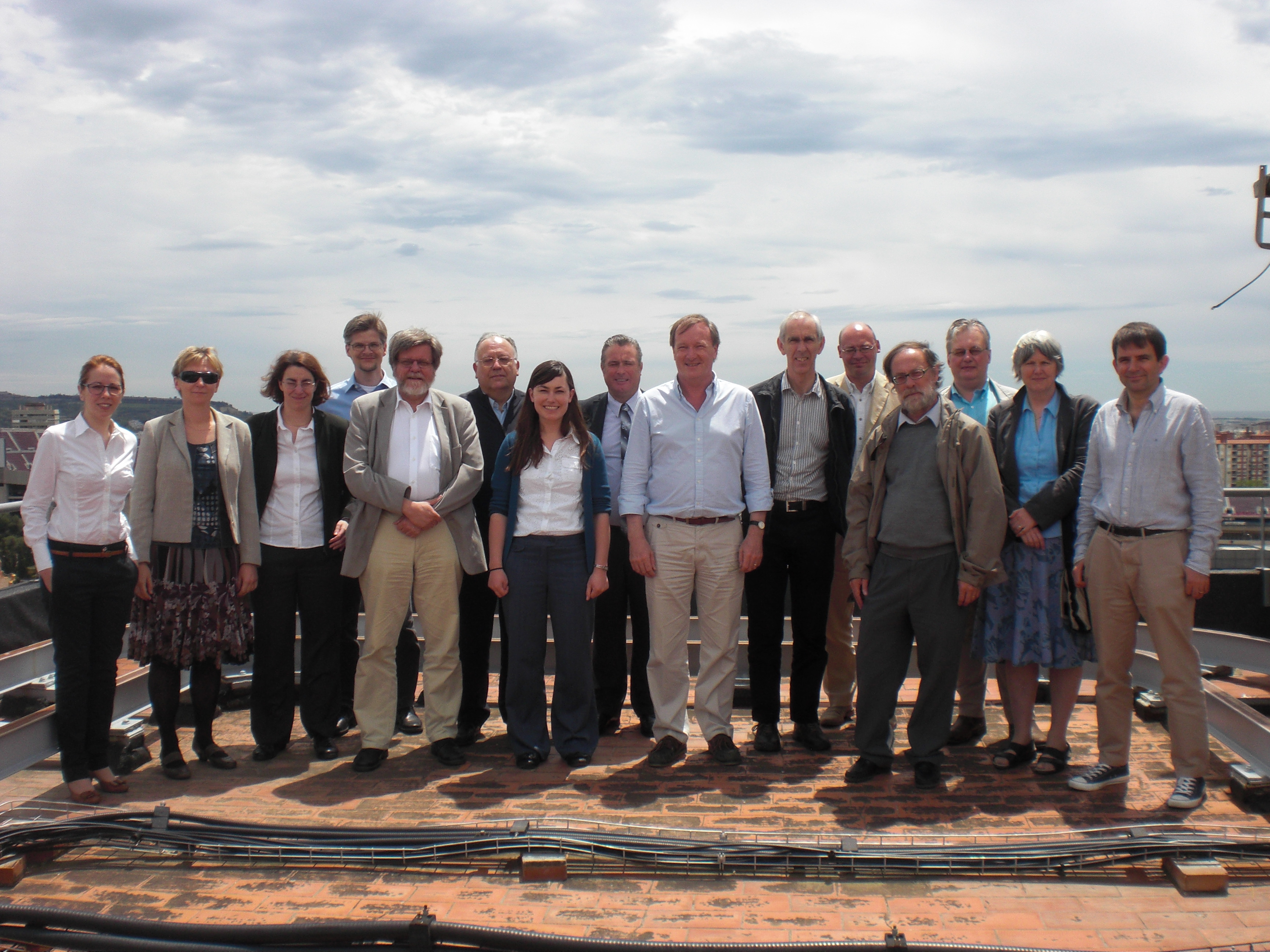Project Abstract
Solar activity can trigger sporadic bursts of energetic particles and increase the number of high energy (MeV) particles trapped inside the Earth's radiation belts. These high energy particles cause damage to satellites and are a hazard for manned spaceflight and aviation. They are difficult to predict due to uncertainties over the basic physical processes, and the need to access reliable data in real time.
European space policy is committed to the Galileo radionavigation system consisting of 30 satellites, the use of space assets to protect the security of its citizens (GMES), and a strong and competitive space industry. It is therefore imperative that Europe develops the means to protect these space assets from all forms of space weather hazards, and especially now as solar activity will increase to a maximum over the next few years and will increase the hazard risk.
The SPACECAST project draws together European and international partners to increase knowledge, reduce uncertainty, and to develop a forecasting capability. We will undertake targeted studies of particle source, transport, acceleration and loss processes in the Earth's radiation belts to improve understanding of how they respond to solar activity. We will transform research models into space weather models to forecast the radiation belts in near real time, and provide alerts for periods of high risk to stakeholders.
SPACECAST will test models of how solar energetic particles are accelerated by shocks in the solar wind, and are transported through the interplanetary medium, in order to improve engineering tools for predicting the intensity and fluence of solar energetic particle events. We will develop a stakeholder community for valuable feedback and deliver the results in a form accessible to the public. The project will deliver a space weather forecasting capability that will continue beyond the lifetime of the project and which will lay the foundation for an operational system.
Project Description
SPACECAST is a Collaborative Project funded by the European Union Framework 7 programme (FP7). The total cost of the project is €2.54m over a period of 36 months, from 1 March 2011 until 28 February 2014.
SPACECAST consists of 7 partners from 6 countries across Europe, including one small and medium size enterprise (SME). There are 4 major collaborations with partners in the USA
The goal of the project is to help protect satellites on orbit from high energy particle radiation. We will do this by:
- Developing physics based models to forecast the radiation belts in near-real time
- Issuing warnings and alerts to the space industry
- Targeting scientific research on particle transport, acceleration and loss processes to improve forecasting models
- Modelling solar energetic particle events to improve prediction models
- Developing a community of stakeholders
The SPACECAST project will leave behind a forecasting capability for the radiation belts that will continue long after completion of the project, and which will lay the foundation for a future operational system.
Project Consortium
Team leaders
Prof. Richard B Horne, British Antarctic Survey, Cambridge, UK
Prof. Hannu Koskinen, University of Helsinki, Finland
Dr. Natalia Ganushkina, Finnish Meteorological Institute, Helsinki, Finland
Dr. Daniel Boscher, ONERA, Toulouse, France
Prof. Blai Sanahuja, University of Barcelona, Spain
Prof. Stefaan Poedts, Catholic University of Leuven, Belgium
Dr. Daniel Heynderickx, DH Consultancy, Leuven, Belgium
Key Collaborators
Dave Pitchford, SES Engineering, Luxembourg
Prof. Richard Thorne, University of California, Los Angeles, USA
Dr. Reiner Friedel, Los Alamos National Laboratory, USA
Dr. Geoff Reeves, Los Alamos National Laboratory, USA
Dr. Adolfo-Figueroa Vinas, NASA Goddard Space Flight Center, USA
Dr. David Lario, Applied Physics Lab., Johns Hopkins University, USA

Last update: 24 September 2012
|

